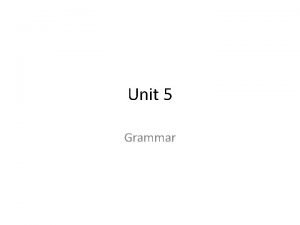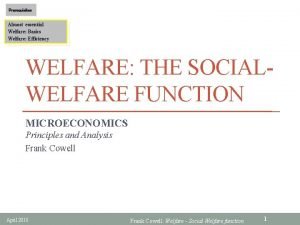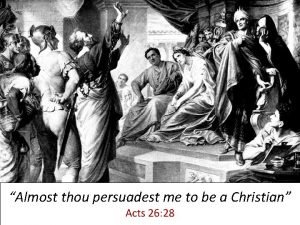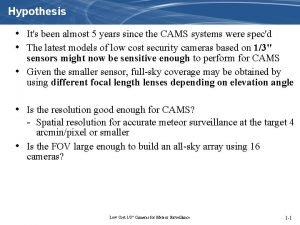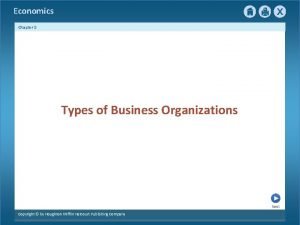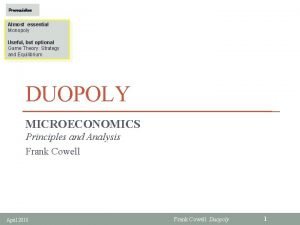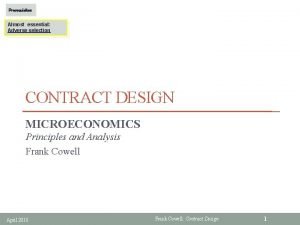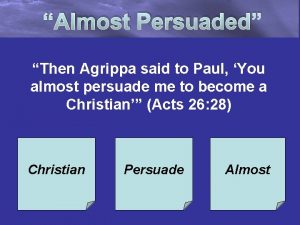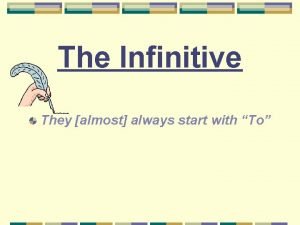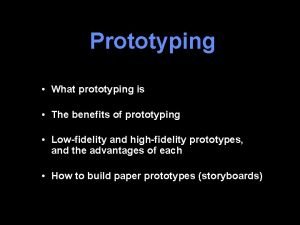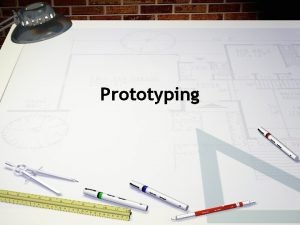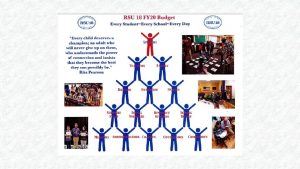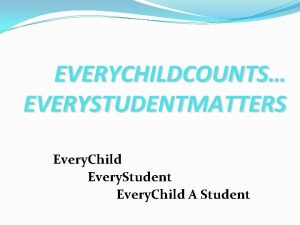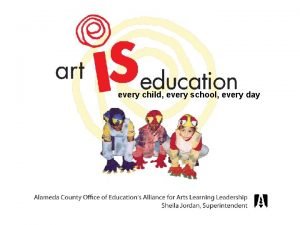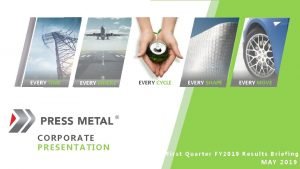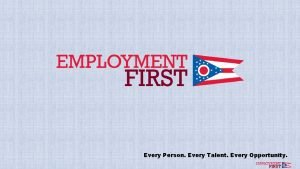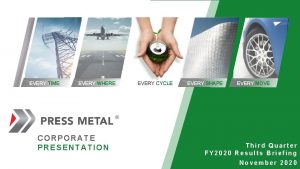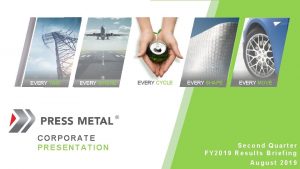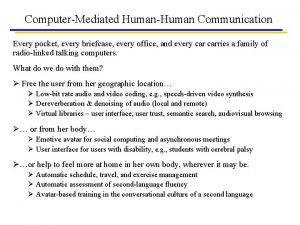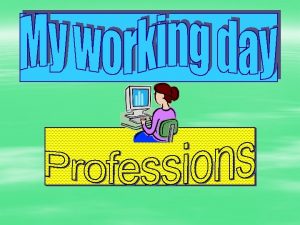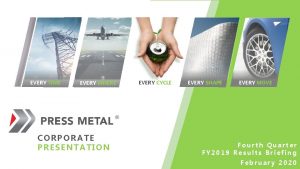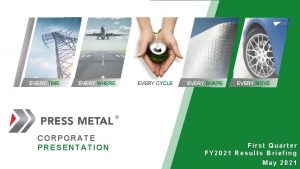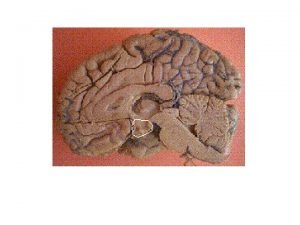PROTOTYPING Prototyping Prototyping is common in almost every































- Slides: 31

PROTOTYPING

Prototyping Prototyping is common in almost every field of engineering design It is simply express how similar it is to the finished interface In prototyping one has to plan to throw away

Why prototype? Get feedback earlier, cheaper Experiment with alternatives Easier to change to throw away

Prototyping the User-Interface Identifying user interface requirements Almost impossible to specify in advance Supported by good software tools Graphical editors, construction kits User Interface Management Systems (UIMS) Wireframes “Prototyping does NOT mean ‘build in haste’”

Prototyping the user interface

Prototype Fidelity An essential property of a prototyping technique is its fidelity It refers to the level of detail Low fidelity Omits details High fidelity More like finished product

Fidelity is multidimensional

Prototype Fidelity Horizontal In breadth implementation (covers most features with limited depth information) Low-fidelity in horizontal might be missing many features Ex: A word processor prototype might omit printing and spell-checking

Prototype Fidelity Vertical In depth implementation (how deeply each feature is actually implemented) Low-fidelity in vertical may mean limited choices Ex: you can’t print on double-sided Canned responses (Always prints the same text, not WYSIWYG)

More dimensions of fidelity Look: appearance, graphic design Sketchy, hand-drawn Feel: input method Pointing & writing feels very different from mouse & keyboard

Paper prototyping Paper prototypes are an excellent choice for early design iterations. Interaction is natural Pointing with a finger = mouse click Writing = typing A person simulates the computer’s operation Putting down and picking up pieces Writing responses on the screen

Why paper prototyping? Faster to build Sketching is faster than programming Easier to change No code investment– everything will be thrown away (except the design) Focuses attention on big picture Designer doesn’t waste time on details Customer makes more creative suggestions Non-programmers can help Only kindergarten skills are required

Example paper prototype

Example paper prototype

Example story board

Example story board

What you can learn from PPtype Conceptual model Do users understand it? Functionality Does it do what’s needed? Missing features? Navigation & task flow Can users find their way around? Are information preconditions met? Terminology Do users understand labels? Screen contents What needs to go on the screen?

What you can’t learn from PPtype Look: color, font, whitespace, etc Feel: Fitts’s Law issues Response time

Computer prototype Interactive software simulation High-fidelity in look & feel Low-fidelity in depth Paper prototype had a human simulating the backend; computer prototype doesn’t

What you can learn from computer prototypes Everything you learn from a paper prototype, plus: Screen layout Is it clear, overwhelming, distracting, complicated? Colors, fonts, icons, other elements Well-chosen? Interactive feedback Do users notice & respond to status bar messages, cursor changes, other feedback Fitts’s Law issues

Computer prototyping techniques Storyboard Sequence of painted screenshots connected by hyperlinks (“hotspots”) Form builder Real windows assembled from a palette of widgets (buttons, text fields, labels, etc. ) Wizard of Oz Computer frontend, human backend the user interacts with a computer, but there’s a human behind the scenes figuring out how the user interface should respond.

Pros & Cons of Storyboarding Pros You can draw anything Cons No text entry Widgets aren’t active “Hunt for the hotspot”

Example form builder

Example form builder

Pros & Cons of Form Builders Pros Actual controls, not just pictures of them Cons Limits thinking to standard widgets Useless for rich graphical interfaces

Wizard of Oz Prototype Software simulation with a human in the loop to help “Wizard of Oz” = “man behind the curtain” Wizard is usually but not always hidden Often used to simulate future technology Speech recognition Learning Issues Two UIs to worry about: user’s and wizard’s Wizard has to be mechanical

“Wizard of Oz” prototyping User thinks having interacting with a computer, but a developer is responding to output rather than the system. Usually done early in design to understand users’ expectations (requirements)

Example of Wizard of Oz

Granularity in prototyping

Comparison of Techniques

Summary Prototype fidelity horizontal, vertical, look, feel Kinds of prototypes Paper Computer: storyboard, forms, Wizard of Oz Don’t get attached to a prototype Because it may need to be thrown away
 Every nation and every country has its
Every nation and every country has its Every nation and every country
Every nation and every country Mission of microsoft
Mission of microsoft Every picture has a story and every story has a moment
Every picture has a story and every story has a moment Every knee shall bow every tongue confess
Every knee shall bow every tongue confess Every child every day
Every child every day Every rotarian every year
Every rotarian every year Factors to 18
Factors to 18 Factors of 60 and 48
Factors of 60 and 48 Common anode and common cathode
Common anode and common cathode Multiples of 9 and 21
Multiples of 9 and 21 Factor tree of 28
Factor tree of 28 How to find lowest common factor
How to find lowest common factor Almost as soon as the gorilla television commercial
Almost as soon as the gorilla television commercial Almost essential
Almost essential A channel runs almost parallel to a river
A channel runs almost parallel to a river Almost thou persuaded me to be a christian
Almost thou persuaded me to be a christian Almost essential
Almost essential It's been almost 5 years
It's been almost 5 years Almost essential
Almost essential How is a franchise an almost independent business
How is a franchise an almost independent business Cournot nash equilibrium
Cournot nash equilibrium Almost essential
Almost essential What are the two vocal styles in singing in pakistan
What are the two vocal styles in singing in pakistan Almost essential
Almost essential Almost essential
Almost essential Almost essential
Almost essential Almost thou persuadest me to be a christian lds
Almost thou persuadest me to be a christian lds Data or instructions entered into the computer
Data or instructions entered into the computer Paul almost persuaded
Paul almost persuaded 1,000 species of finch have been identified.
1,000 species of finch have been identified. An infinitive will almost always begin with
An infinitive will almost always begin with













